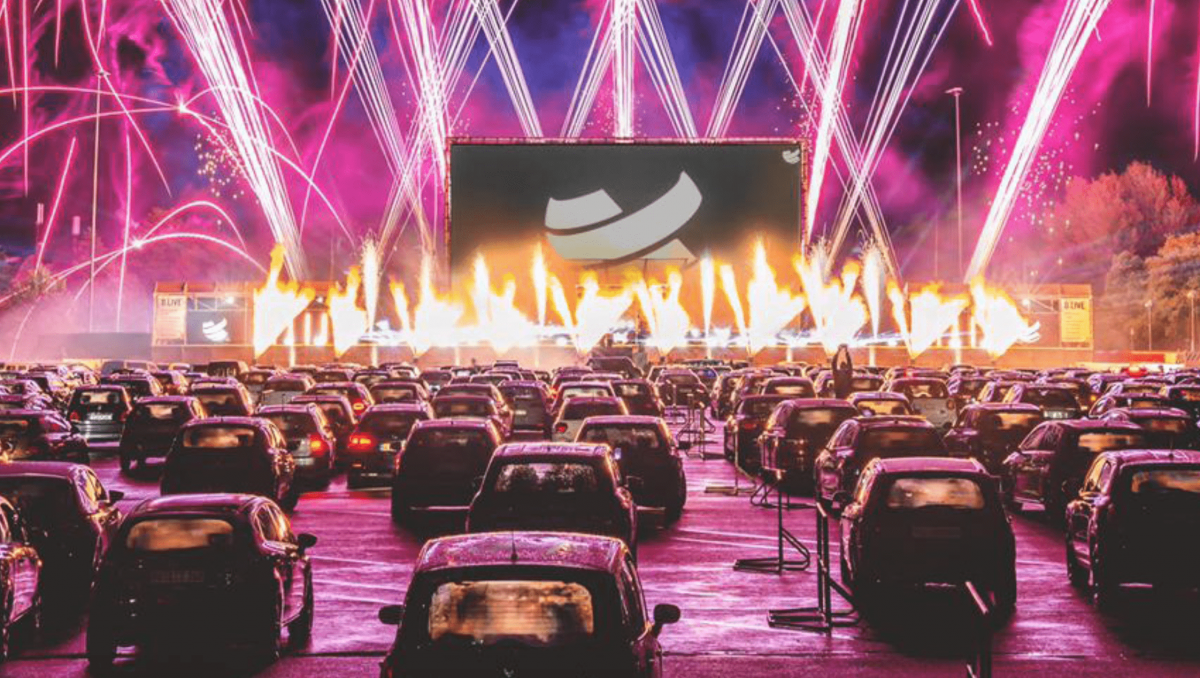It wasn’t long ago that experiential marketing was hailed the future for most industries… but since the Covid-19 crisis, experiential is facing a seismic shift with many questioning its ability to bounce back and its place in the marketing mix.
This has led to a dizzying use of the word ‘pivot’ and multiple brainstorms debating, “how will we use [insert latest hot new ephemeral geo-fenced live-streaming video social platform]?”
This kind of thinking could be true of experiential if you define it as a marketing channel that only serves up virtual events – or face-to-face experiences, such as events, conferences, pop-ups, sampling and so on.
However, experiential marketing is in fact a whole lot more than that. It is a technique that represents the absence of channel. It’s format-free – designed to be disruptive, relevant, and inspiring – meaning the creative opportunities are truly endless.
Experiential Marketing Campaigns During The Pandemic
Since the start of the pandemic, communities worldwide have been applying this experiential technique on a grassroots level, with incredibly creative results. We’ve seen numerous drive-in raves, neighbors in Ireland enjoyed projected movie screenings together, artists have been leaving rainbow benches across London, and florist, Lewis Miller, thanked healthcare workers through flower flashes in New York.
Experiential activation for brands is about adding color to somebody’s day. About truly standing out and resonating in a way that a 2D experience often cannot. It’s when a brand becomes human, feels empathy, uses humor, and says it how it really is. Something, no doubt, that we’re all craving right now.
An experiential moment with a brand can take place in many forms. It’s walking into an Apple store that’s designed to feel like a ‘town square’. It’s Patagonia telling you not to buy their jacket to help tackle the issue of consumerism. It’s Purina creating interactive billboards that scans canine urine for diseases. It’s the Nike x Pigalle technicolor basketball court that brightens up an otherwise grey street. It’s Google’s AR experience that tells stories of the Stonewall Riots. More recently, it’s Trojan’s recent ‘Rising Time’ cookbook which is designed to spark passion during the lockdown, and Burger King encouraging people to use their billboards as Zoom backdrops for money off coupons.
In June, we saw Babe Wine take to the streets of Brooklyn, with their baby pink socially distanced truck, offering free manicures to New Yorkers – and much welcomed TLC. The founder, Josh Ostovsky – the man behind the popular Instagram account “The Fat Jewish” – came up with the idea. It was designed to be a one-off experience, but the brand is now brainstorming additional locations, due to the huge amount of PR and social traction received – and lines seen around the block. This proves the huge demand for safe, real-world experiences and is hopefully a sign of what’s to come from brands.
Experiential digital moments have undoubtedly served us well these last few months and will continue to do so in the future. However, as people step back into the real world, brands should relish this chance to deliver unique creative moments to capture the hearts and minds of those craving life beyond the screen.
Taking this on board, the approach to briefing for great experiential ideas is this:
- Keep the brief focused on the business problem – stay media neutral and avoid getting prescriptive
- Ask heretical questions about your brand and business challenge. Encourage your team to be brave and open-minded to do the same. Instil the mentality that no idea is a bad idea
- Seek out productive tension. Tension makes people pay attention, especially in today’s crowded market. In a tedious world of routine, it pays to be different
- Never be afraid to think big and push the boundaries. Experiential is meant to leave a lasting impression so constantly test yourself, your team and the limits of your creativity
- Analog and digital are not concepts that should be considered in a dichotomized way. They must and should coexist
- Be agile. The future belongs to the fast
For brands looking to cut through and build relationships in this ever-changing world, the brand experience marketing agency must not forget that experience is everything.
Experiential needs a more holistic treatment to reveal its full potential. It’s isn’t dead, it’s just being redefined.
This article first appeared in Campaign US and UK.

